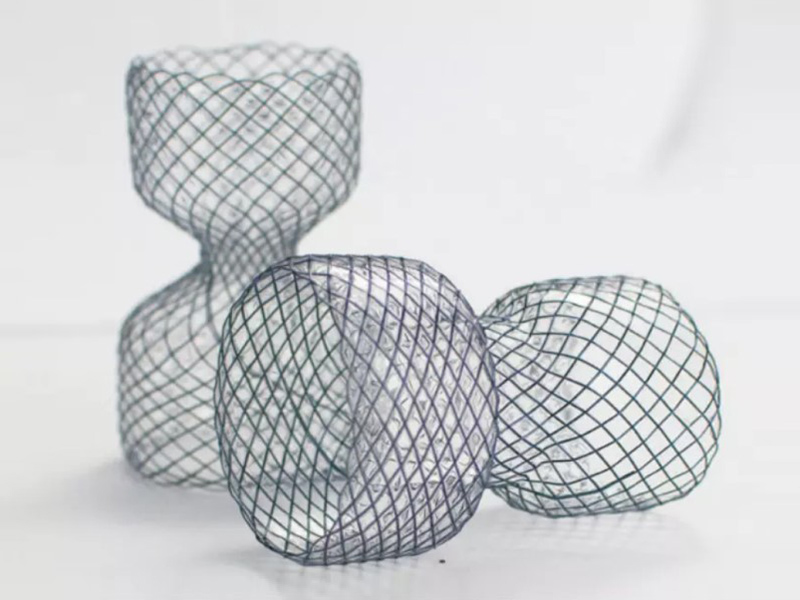Colorectal anastomosis protection leak proof fully covered stent
Product Video
Product Introduction
This is a special fully covered stent that uses surgical staplers for rectal cancer resection and suturing. It is a targeted anastomotic leak protection covered stent that accelerates anastomotic healing and prevents anastomotic leakage. This stent is different from the stoma and does not require suturing. It is implanted in a minimally invasive manner and the surgery is completely reversible. A hollow seal can be formed at the stent to effectively ensure contact between excrement and the anastomotic site, ensuring that bodily fluids are discharged from the stent cavity. It will remain in place until the natural healing and tissue repair process of the body is completed (approximately two weeks), and then it will be removed through endoscopic surgery without the need for a second surgical intervention. This eliminates the need for patients to endure the pain of artificial anus and wearing artificial bags. It can be removed in 10 days, and the patient can resume normal life
Intended Use
The incidence of anastomotic leakage after colorectal cancer surgery is 5% to 15%. Once a anastomotic leakage occurs, it not only affects the patient’s postoperative recovery and prolongs their hospital stay, but also requires frequent reoperation if necessary, increasing the patient’s pain and treatment costs; Severe cases can lead to septic shock or even death; At the same time, it can also lead to long-term complications such as postoperative anastomotic stenosis and defecation dysfunction, affecting the patient’s long-term quality of life. How to prevent anastomotic leakage is still a focus and difficulty in clinical research both domestically and internationally, and satisfactory solutions have not yet been found. This study adopts a new preventive method, which involves placing an intestinal stent called the “anastomotic leak proof protective stent” at the anastomotic site during surgery, achieving good results.
Technical Points
The anastomotic stent customized by our company is a special type of intestinal stent, made of nickel titanium memory alloy with a mesh structure. The inner wall is covered with transparent waterproof film, and the stent has a dumbbell shaped appearance with a slightly fine groove in the middle. See Figure 1. The upper end of the bracket is 20mm long and has an outer diameter of 33mm, which is compatible with the inner diameter of the sigmoid colon; The lower end is 20mm long and has an outer diameter of 28mm, slightly smaller than the inner diameter of the lower end of the rectum, so that the intestinal contents accumulated in the groove can be discharged in a timely manner. The groove is 10mm long and has an outer diameter of 20-25mm, which corresponds to the cutting blade diameter of different types of tubular staplers to ensure that the radial tension of the anastomotic opening does not increase after the bracket is placed. Therefore, when placing the bracket, the fitting must be placed in the groove. The front bracket is compressed into a double-layer catheter with an outer diameter of 8mm, and the bracket is located between the inner and outer catheters. The bracket is released by sliding the inner and outer catheters.
Professional technical engineer dedicated to guide you
According to your actual needs, choose the most reasonable overall design and planning procedures
